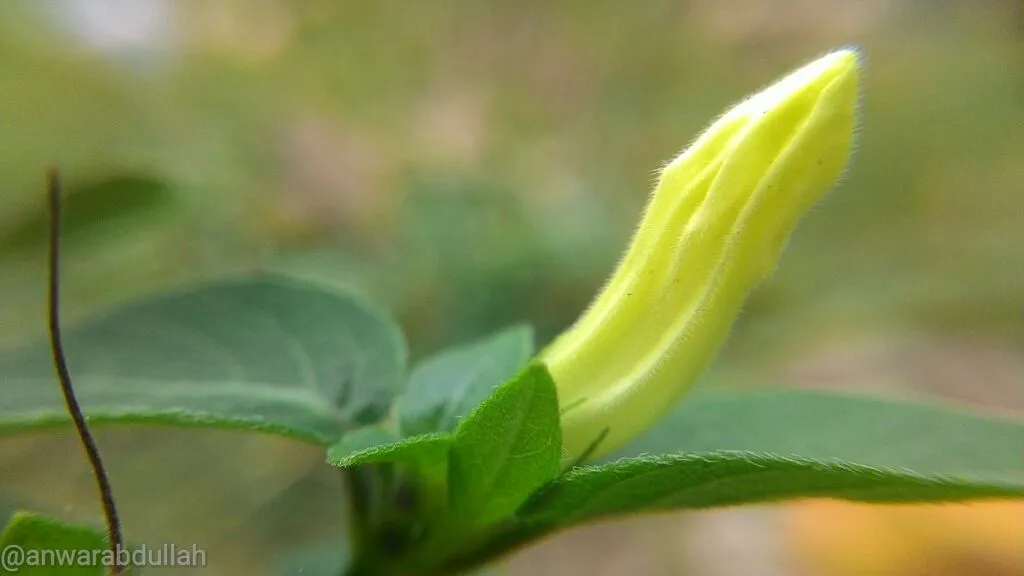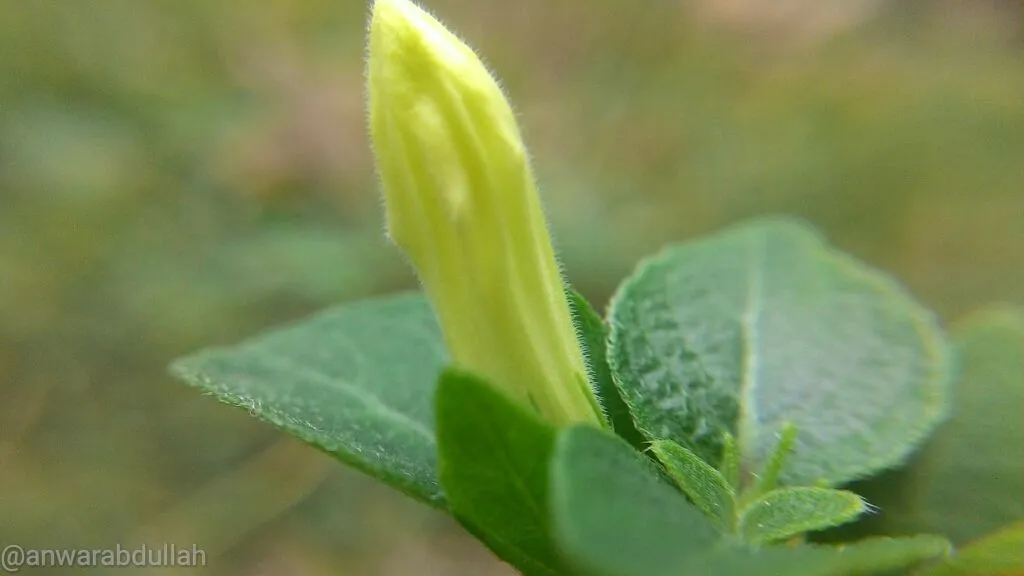
Flower (Latin: flos) is a sexual reproduction tool in flowering plants (divisio Magnoliophyta or Angiospermae, "enclosed seedlings"). In flowers there are reproductive organs, namely stamens and pistils.
Flowers can appear alone or together in a series. The united flowers are called compound interest or inflorescence. In some species, compound interest may be regarded as a single flower (flower), for example in Anthurium and sunflower. The unit of interest that composes a compound interest is called a floret.
Botanically, flowers are part of the plant to produce seeds. Pollination and fertilization on. After fertilization, the flowers will grow further. In flowering plants, fruit is the structure that carries and protects the seeds.
Function :
The biological function of the flower is the sexual organ, as a pool of male (microspores) and female (macrospores) gametes to produce the seeds. That a flower similar to a sexual organ in a new animal is scientifically recognized in the 17th century in Europe.
Some flowers have a bright color that serves as a lure of animal pollinating animals. Some other flowers produce a typical heat or aroma, also need to lure animals to help pollinate.
Flowers can also be considered as organs to survive under adverse conditions for growth. A number of plants will soon form flowers if they experience water shortages or low temperatures. The best known example is the Bougainvillea paper flower. Flowers reduce metabolism and when plants die, seeds are expected to have formed as a survival effort.
Humans have long been captivated by flowers, especially the colorful ones that have a cultural meaning. Flowers become one of the determinants of a plant as an ornamental plant.
Morphology :
wikipedia
The flower parts are perfect. 1. Flower perfect, 2. Pistil (stigma), 3. Pistil (stilus), 4. Stem of sari (filament, part of stamens), 5. Flower axis (axis), 6. articulation, 7. Flower stalk (Pedicel), 8.Nectar gland, 9. Stamens (stamen), 10. Fruit (ovum), 11. Will seed (ovulum), 12., 13. Pollen (pollen), 14. Head sari (anther ), 15. Flower jewelry (periantheum), 16. Crown of flowers (corolla), 17. Petals (calyx).
Flowers are the modified leaves and stems around them. This modification is caused by the production of a number of enzymes stimulated by certain phytohormones. The formation of flowers is strictly genetically controlled and in many types induced by certain environmental changes, such as low temperature, long exposure, and availability of water (see Flower: Flower formation).
Flowers are almost always symmetrical, which can often be used to characterize a taxon. There are two forms of interest based on the symmetry of the form: aktinomorf ("star shape", radial symmetry) and zigomorph (mirror symmetry). Aktinomorph form more commonly found.
wikipedia
Crateva religiosa flowering plants are perfect: have stamen and pistillum.
Flowers are called perfect flowers when they have a male tool (stamens) and a female (pistil) tool together in one organ. Such flowers are called sissy flowers or hermaphrodites. A flower is said to be a complete flower if it has all the main parts of the flower. The four main parts of interest (from the inside out) are as follows:
. Flower petals or calyx;
. Flower crowns or corollas are usually thin and colorful to attract insects that help the process of pollination;
. Male genitals or androecium (from Greek andros oikia: man's house) in the form of stamens;
. Female genitals or gynoecium (from Greek gynaikos oikia: "woman's house") is a pistil.
The female reproductive organs are the leaves of the fruit or carpellum at the base of which there will be a fruit (ovary) with one or a number of seeds (ovulum, plural ovule) carrying female gametes) in the embryo sac. At the tip of the pistil there is a stigma head or a stigma to receive pollen or pollen. Pistil stylus or stylus acts as a way for the pollen to the will will fruit.
Although the flower structures described above are said to be "common" plant structures, plant species exhibit highly variable modifications. This modification is used by botanists to make connections between plants with each other. For example, two subclasses of flowering plants are distinguished from their number of flowering organs: dicoty plants generally have 4 or 5 organs (or multiples of 4 or 5) whereas monocots have three organs or multiples.
Establishment and development of interest :
See the main article: ABC's theory of flower formation.
The formation of flowers has long been a concern of people, because much of the economic value of cultivated plants depends on the formation of flowers. Flowers will not form before the network where it will appear has reached the stage of maturity (maturity) but not too old (senile).
In tree-shaped plants, newly formed or underdeveloped (juvenile) tissue will be very difficult to form flowers. Networks that reach maturity are often characterized by high carbon-nitrogen (C-N ratio) ratios. High carbon content because it has a lot of metabolites buried in the form of polysaccharides in the network. Flower formation requires a lot of energy.
A high C-N ratio is usually enough to encourage the formation of flowers. However, many types of plants are found that require a trigger for the flower to appear. These triggers can be low temperature for some time (vernalization), long (duration) of irradiation (fotoperiodisme), and lack of water (drought). Whole wheat bread winter (winter, planted before winter) will not bloom if it does not experience winter in its growth and development stage. Pigeon orchids bring flowers when they have a cold night. Various ject cultivars are photoperiodic so that the planting time is vital in determining the harvest. Coffee plants are known to require a dry period of about two months and are followed by enough rain to trigger the formation of flowers.
The study conducted on Arabidopsis thaliana, a model plant, shows the workings of ABC Theory in the formation of flowers. Substance A is required to form petals (sepal) and crown (petal) leaves. Substance B is required in the formation of crown and stamens (stamen). Substance C is required for the formation of stamens and fruit leaves (carpellum, as the pistil).Wikipedia
External links :
● Quote about Flowers in Wikiquote(Inggris) Native Plant Information Network
(Inggris) Israeli researchers bring scent back to our flowers [VIDEO]
